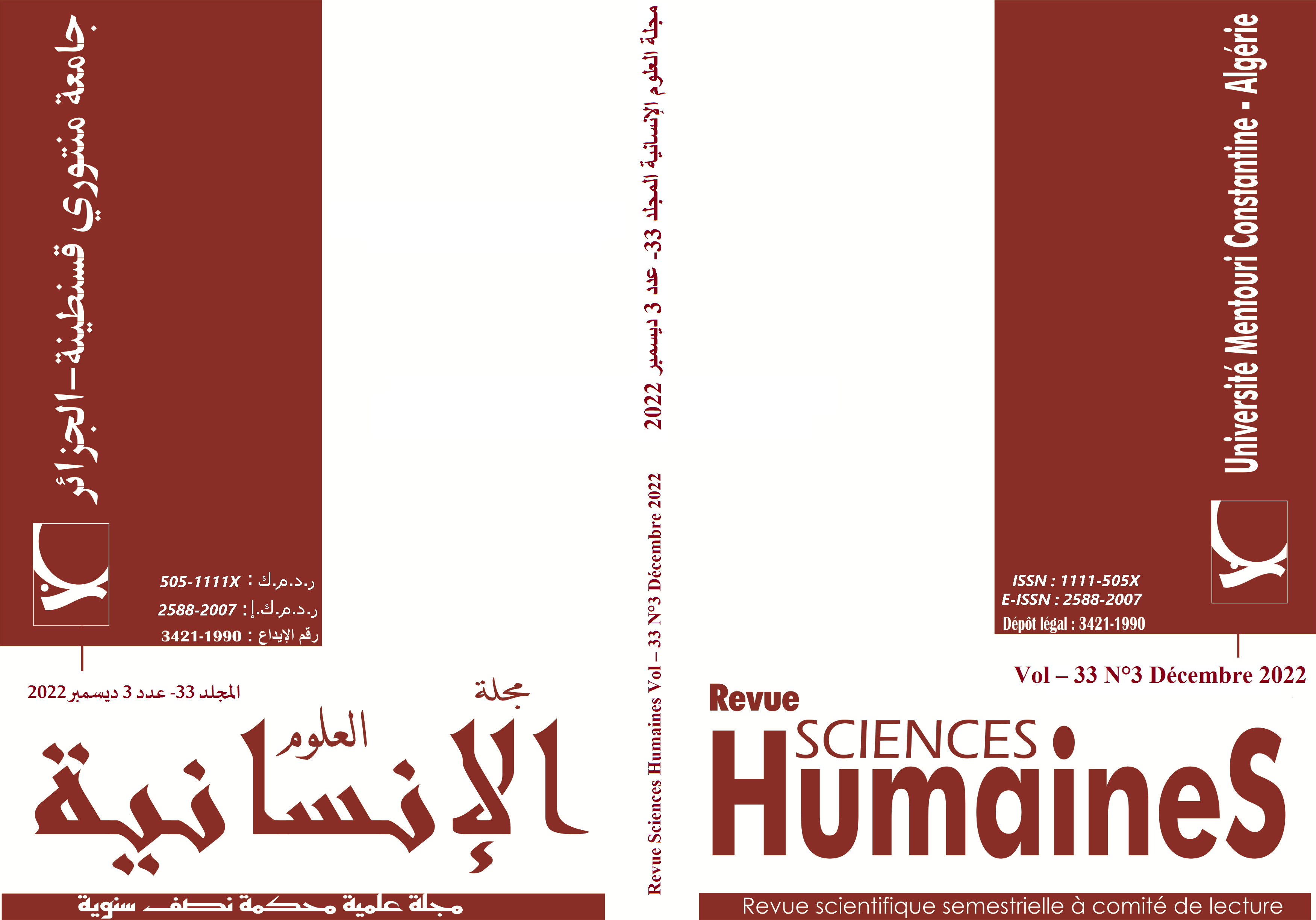A Comparison of English and Arabic Noun Inflectional Morphology
Keywords:
inflectional morphology, comparative study, Arabic nouns, English nounsAbstract
The present study explores the inflectional systems of Arabic and English nouns with special attention to the similarities and differences between them. In other terms, this paper aims to answer the following research questions: What forms are used to mark the Arabic and English nouns for inflection? To which extent is inflection in Arabic nouns identical to/varied from that in English nouns? To do so, it is essential to describe the inflectional morphology of nouns in each language and explain how they are inflected and for which category/ies. A systematic comparison, then, is carried out between the two morphological systems. The outcome of the study reveals that the English nouns are weakly inflected as opposed to the Arabic ones. It is noteworthy that the results of this study are majorly applicable in the fields of second language learning, translation and machine translation.
Downloads
References
. Abdulmughni, S. (2017). Comparison between the Characteristics of Inflectional Systems in Arabic and English Languages. International Journal of English Linguistics, 7(1), 94-111.
. Akmajian, A., Demers, R.A., Farmer, A.K., & Harnish, R.M. (2001). Linguistics: An introduction to language and communication. Cambridge, MA: MIT Press.
. Aronoff, M., & Fudeman, K. (2011). What is morphology? (Vol. 8). John Wiley & Sons.
. Al-jarf, R. A (1994). Contrastive Analysis of English and Arabic Morphology for Translation Students. Riyadh: Al-Obeikkan Printing Press.
. Bauer, L. (1983). English word-formation. Cambridge University Press.
. Bauer, L. (2003). The Morphology of Dutch. Language, 79(3), 626-628.
. Bickel, B., & Nichols, J. (2001). Syntactic ergativity in light verb complements. In Proceedings of the annual meeting of the Berkeley Linguistics Society (Vol. 27, pp. 39-52). Berkeley Linguistics Society.
. Brown, K. (2005). Encyclopedia of language and linguistics (Vol. 1). Elsevier.
. Bybee, J. L. (1985). Morphology: A study of the relation between meaning and form. Amsterdam/Philadelphia: Benjamins.
. Carstaires-McCarthy, A. (2002). Current Morphology. Routledge.
. Elkheweissi, Z. K. (2001). Quawaid Ennahw wa Essarf [Rules of Grammar and Congugation]. Dar El-Wafaa Lidounya Ettibaa wa Ennashr. Eliskandariya.
. Matthews, P.H. (1974) Morphology: An Introduction to the Theory of WordStructure, Cambridge: CUP.
. Mosel, U. (1980). Syntactic categories in Sibawaihi's «Kitab». Histoire Epistémologie Langage, 2(1), 27-37.
. Neme, A. A., & Laporte, E. (2013). Pattern-and-root inflectional morphology: the Arabic broken plural. Language Sciences, 40, 221-250.
. Wright, W. (1996). A Grammar of the Arabic Language. Ed 3.Vol1. Beirut: Librairie du Liban.
Downloads
Published
How to Cite
Issue
Section
License

This work is licensed under a Creative Commons Attribution-NonCommercial-NoDerivatives 4.0 International License.
















